The big problem with car seats is that we take them for granted. In some respects, they are like car tyres. They are ‘wear items’. They are asked to endure an enormous amount of ‘abuse’. They get bounced and jounced for an average of 12,000 miles every year, in all climatic conditions, and are expected to deliver comfort, support and safety in spades, all without a second thought.
However, chronic backache is one of the most (un)popular complaints that starts so innocuously but can develop so loathsomely that, left unattended, it can make us so unwell that we become incapacitated. Some of the blame for spinal alignment issues may lie with the domestic mattress, where many of us lie for around a third of our existences. Of equal time measure, whether commuting, or travelling for work purposes, another third of our lives can be spent at the controls, or in the front passenger seats, of our cars and motorised transport.
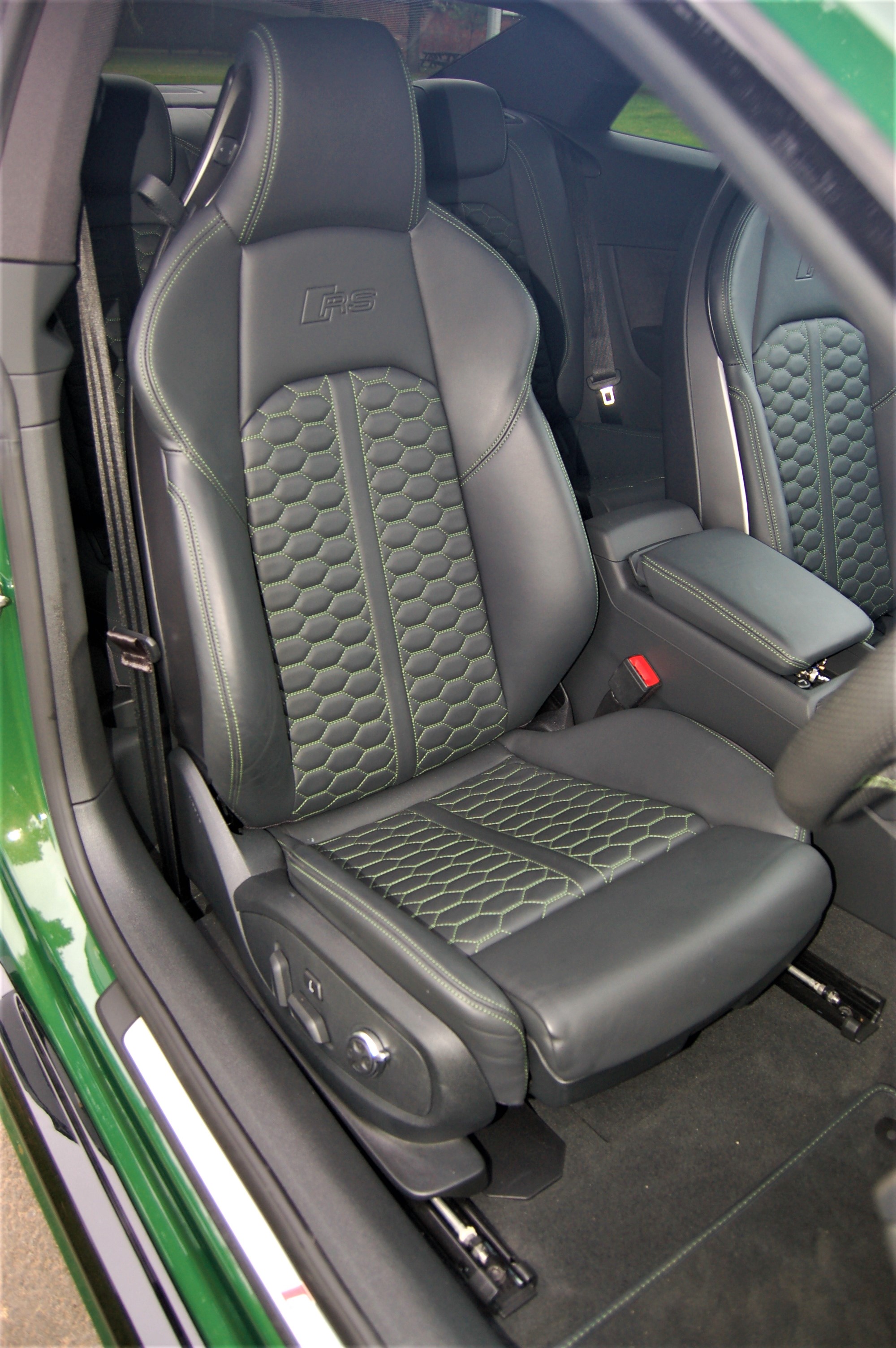
Lying down, or sitting down, is an endurance exercise. Fortunately, vehicle manufacturers spend substantial sums of money on matters orthopaedic. Every new car, van, bus, or truck incorporates developments in seat comfort, whether the unit is intended for mass production, such as those items made by companies like Lear, for specialist applications, like Recaro, or Sparco, or for specific use, like Isringhausen. Yet, the law of averages weighs into play and, while some people may fall into an ‘average stature’ classification, not all seating can be deemed suitable for anybody.
From a purely personal standpoint, I am at one extreme of the size construct, at six feet six inches tall. Yet, there are people a lot taller than me and significantly smaller too, all of whom have experienced ‘difficulties’ in relation to recurrent backache in different classes of vehicles and that is before taking into account leg, lumbar and spine ratios. The problem is, we seldom attribute the problem to our car seats, which must come as some relief to seat-makers.
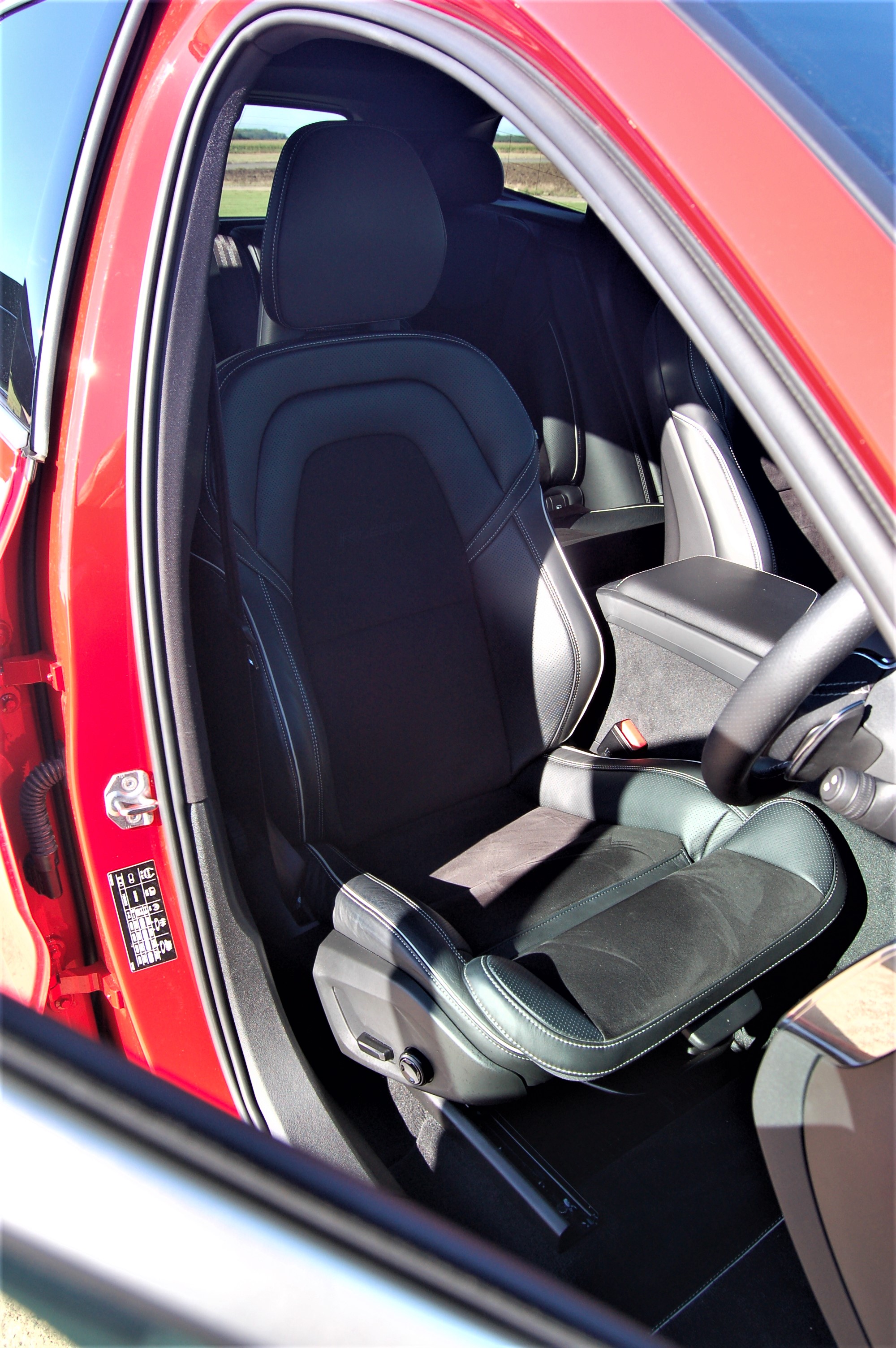
However, the UK new car market leaders have invested small fortunes to improve the seats and seating positions in their vehicles. During the 1980s, Ford exercised its supply arrangement with the Home Office, through the nation’s emergency services vehicle operators, who spend inordinate hours in their cars. They used all manner of metrics and measurements to arrive at designs that could be deemed orthopaedically supportive to policemen, fire engine and ambulance drivers (sadly, they did ignore pilots, tank drivers and submariners). It was a concerted effort equalled only by Vauxhall, which even engaged with the services of a car seat consultant, as a means to encourage more of us to adopt better seating positions.
The backward baseball cap-wearer, conducting his immaculate Fiesta, or Corsa, through a drive-in eatery’s driveway, with an eyeline somewhere close to the top of the instrument binnacle, seat reclined so far that even arms fully-extended found it impossible to reach the tiller, was an extreme (and extremely foolish, from a viewpoint of minimal control and future inherent health) ‘model’ that the consultant sought to eradicate, largely unsuccessfully. Fortunately, the ideology meant something positive to the non-leisure sector.
With the best part of sixty years, almost half the life of automotive transport experience under my own belt, while backache has presented deplorable personal problems, I can state categorically that the car seat issue is better resolved these days than it has ever been. When I reflect on what I might term as examples of the best seats imaginable, some of them are in cars that are no longer produced, which is sad.
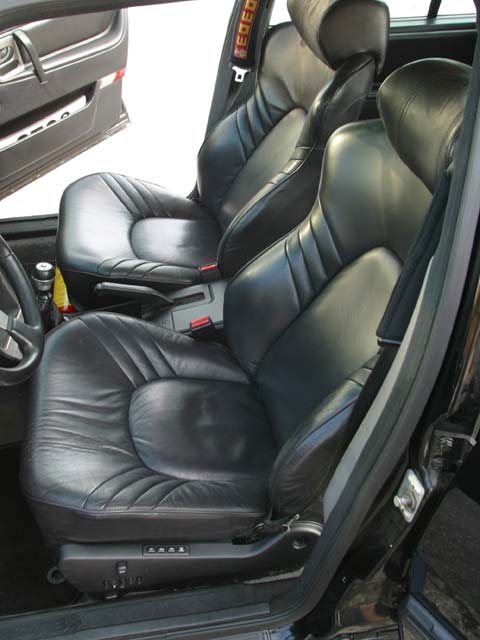
Take the 1989 Saab 9000 Carlsson. Produced by a former Swedish carmaker, inspired by competition seats, its broad shoulders (which restricted severely the forwards view of rear seat passengers) and hide-bolstered base, sides and lumbar support resulted in a market-leading status that has never been replicated by other carmakers. Of course, the other Swedish carmaker, Volvo, has always prided itself on producing a better class of seats and the current ‘sport’ option, with its adjustable thigh supports, is probably one of the best available, followed closely by the premium-grade seats in today’s Audi RS models. Fortunately, mainstream models have also benefited from modern seating technology.
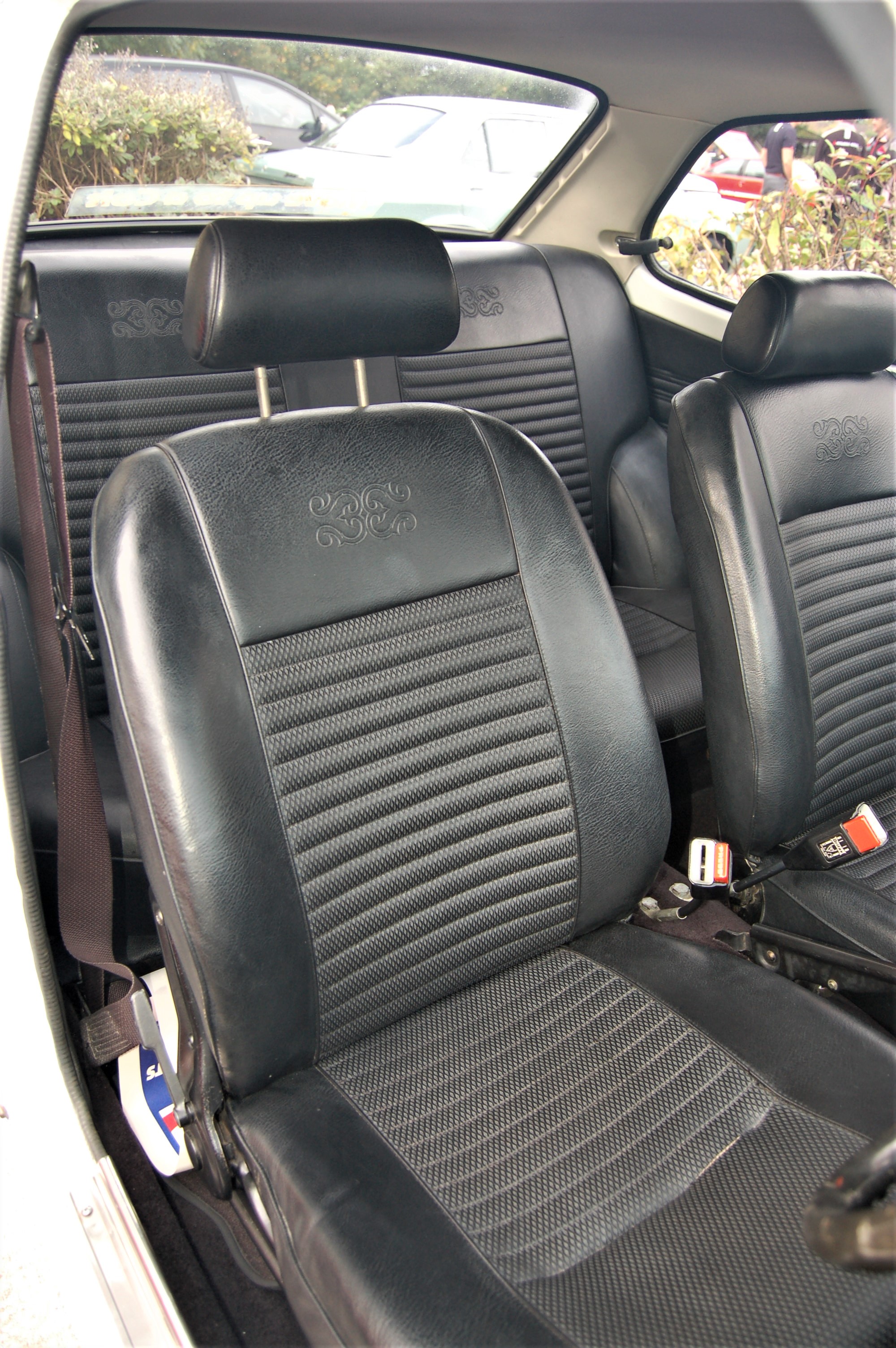
Contrast those superior offerings with the flat, shapeless and unsupportive front chairs, despite ratchet reclining mechanisms, fitted to a mid-1970s Mitsubishi Lancer and you realise the immense investment that has been made by all carmakers to improve their seats and seating positions. Of course, compromise is always a consideration and there are countless bleachers, cinema/theatre seats and even standard office chairs, to the designers of which the Corbusier Recliner and the Barcelona Chair are very distant reference points, that merely aid discomfort. Fortunately, car seats are now significantly better than they have ever been.
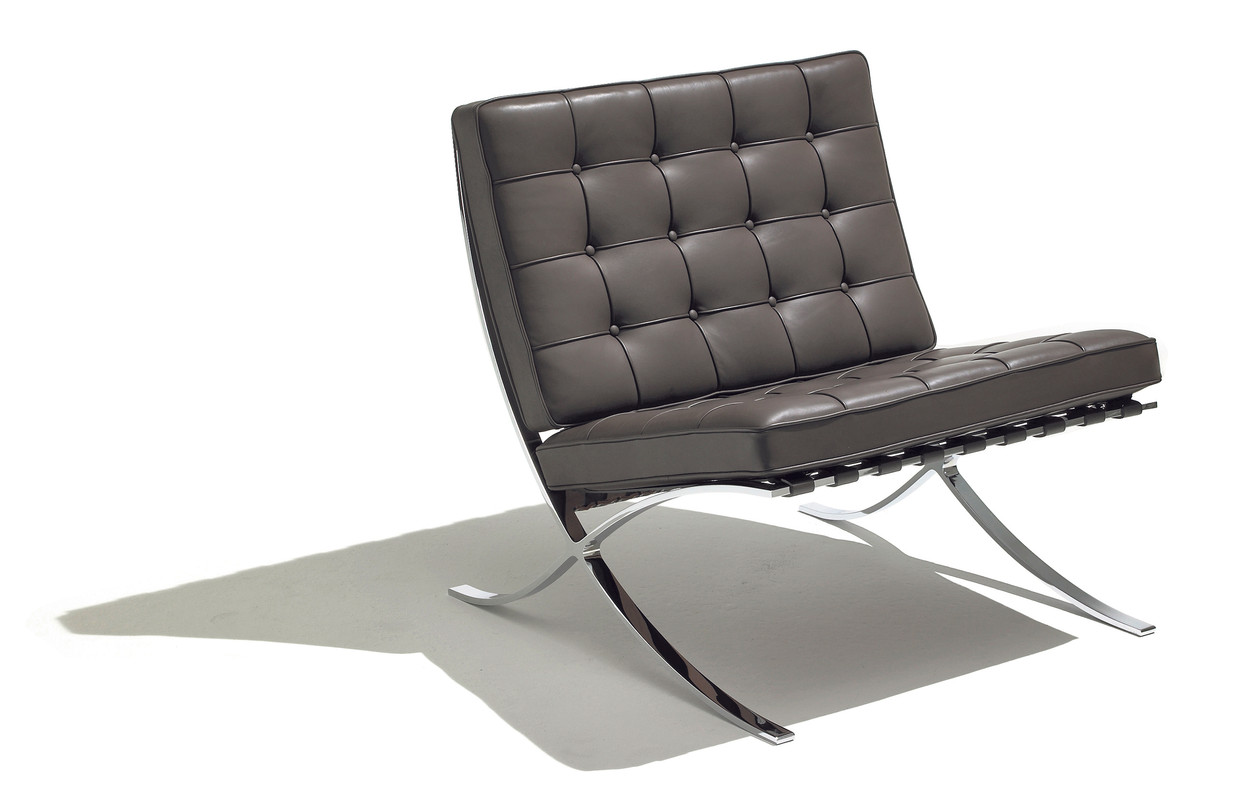
The use of variable rate springs, graded foam padding and even the individual ‘buckets’, which need to incorporate ‘anti-submarining’ technology, lateral airbags and retain their integrity in the event of a car crash, while also including both lumbar and ‘anti-whiplash’ neck support, ensure that complexity and costs are at an all-time high. Chilling, heating and ventilation, let alone durable trimming all need to be factored in. The use of new materials, composites and alloys are helping to reduce unit weights but the archetypal car seat still has to deal with inherent safety as part of its vital remit, of which we all need to be more grateful.
Therefore, just as you ought to praise the integrity of your car’s tyres, praise your car seat for what it delivers so succinctly and for which it is seldom recognised. Not all automotive seats will provide the perfect solution, which suggests that ‘testing’ them prior to acquisition ought to be part of the process.